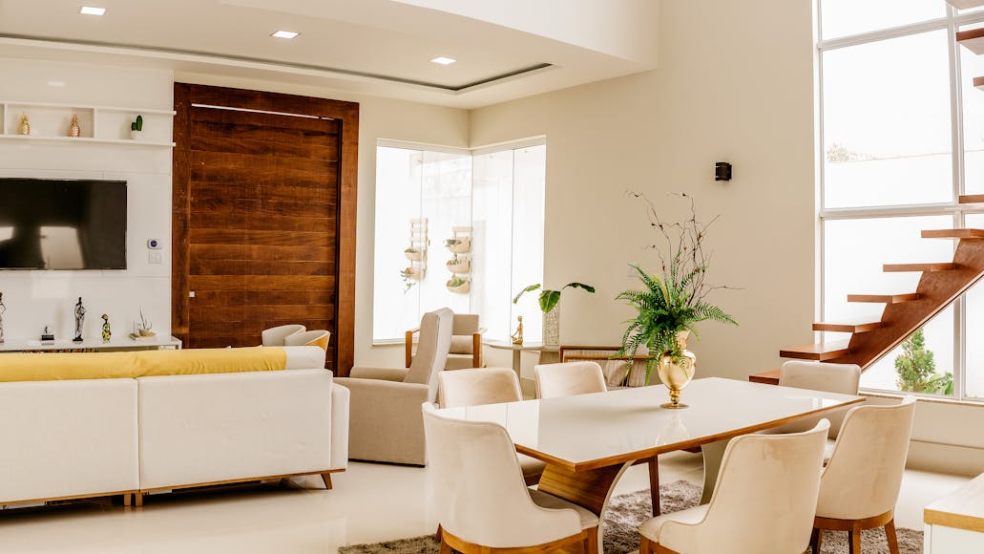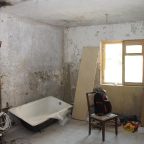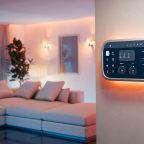
Design Trends Shaping the Future of Residential Properties
Residential property design is evolving rapidly as lifestyles, technology and sustainability goals influence how homes are built and styled. Homeowners and developers are reimagining living spaces to be more adaptable, efficient and visually engaging. The following design trends highlight the direction modern residential properties are taking and how these innovations are shaping the homes of tomorrow.
Sustainable and Eco-Friendly Materials
Sustainability is no longer a niche concern. It has become a global imperative and a central focus for architects and interior designers. More homes are now incorporating reclaimed wood, recycled glass, bamboo and low-VOC paints. Solar panels, green roofs and rainwater harvesting systems are also gaining popularity. These features not only reduce environmental impact but also increase long-term value for homeowners. Buyers are increasingly viewing eco-conscious design as a must-have rather than a bonus feature.
Open Concept and Flexible Spaces
Modern homeowners are seeking layouts that promote connection and adaptability. Open concept floor plans remain popular, offering a seamless flow between living, dining and kitchen spaces. However, there is a growing demand for flexible spaces that can be easily transformed. For example, a spare bedroom might function as a guest room, home office or hobby space depending on current needs. Movable partitions, foldaway furniture and modular shelving systems make this flexibility possible while maintaining a stylish aesthetic.
Smart Home Integration
Technology is deeply embedded in the latest residential designs. From voice-controlled lighting to app-based climate systems, smart home features are becoming standard in new builds. Security systems, automated blinds and energy monitoring tools add convenience and efficiency. The integration of technology is no longer just about adding gadgets; it's about using them effectively and creating a connected living environment that adapts to daily routines while maximising comfort and safety.
Biophilic Design Elements
Biophilic design focuses on connecting occupants with nature, and it is transforming both interiors and exteriors. Large windows, indoor gardens and natural light sources are increasingly common. Many designers are also using organic textures and earthy tones to evoke a sense of calm. This approach is not only visually appealing but also linked to improved mental well-being. Homeowners are finding that the presence of natural elements can make their living spaces feel more restorative.
Personalisation and Custom Features
While mass-produced homes once dominated the market, buyers are now looking for unique features that reflect individual tastes. Built-in storage, bespoke kitchen cabinetry and custom lighting solutions are in high demand. Developers are responding by offering more design packages and upgrade options to appeal to this desire for personalisation. Sites like horizonsgroupltd.co.uk showcase how custom design services can turn a standard property into a distinctive home that stands out in the market.
Outdoor Living Spaces
The boundary between indoor and outdoor living continues to blur. Patios, decks and garden kitchens are being designed as extensions of the home rather than separate areas. Large sliding glass doors, covered outdoor lounges and weather-resistant furnishings help create inviting spaces that can be enjoyed throughout the year. This trend aligns with the growing interest in health and wellness by encouraging more time spent in fresh air and natural light.
Energy Efficiency and Passive Design
Passive design strategies are gaining recognition for their ability to reduce energy use without sacrificing comfort. These include careful window placement to maximise natural light, strategic insulation and cross-ventilation for cooling. Homes designed with these principles often require less mechanical heating and cooling, which results in lower utility costs. Developers are increasingly adopting these methods to meet both environmental targets and consumer expectations.
Minimalist Aesthetics with Warmth
Minimalism is still a strong influence in residential interiors, yet it has evolved to include warmer and more inviting elements. Clean lines and uncluttered layouts are paired with textured fabrics, soft colour palettes and layered lighting. This blend offers the simplicity of minimalism without creating a space that feels sterile. The goal is to achieve a balance between functionality and comfort, making a home both practical and welcoming.
Final Thoughts
The future of residential property design reflects a merging of innovation, sustainability and personalisation. Trends such as eco-friendly materials, smart technology and biophilic elements point toward homes that are efficient, adaptable and deeply connected to the well-being of their occupants. As these ideas continue to develop, the residential spaces of tomorrow are set to be more thoughtful, sustainable and reflective of the people who live in them.













